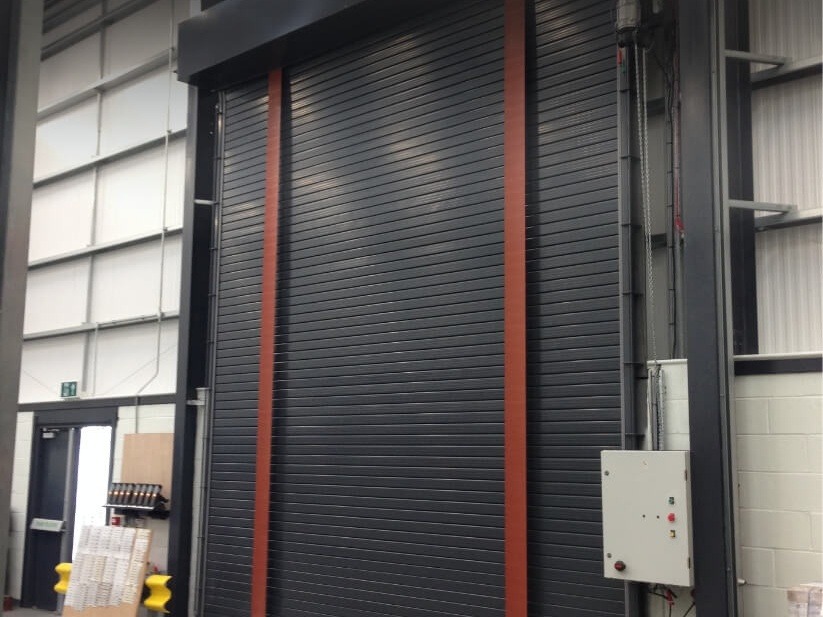Which security rating do I need? LPS1175 security ratings explained
Hart manufactures a range of LPS1175 security shutters with security ratings of SR1, SR2, SR3 and SR4, tested and certified by the LPCB.
We will try to explain the following:
- What is LPS1175?
- What is the BRE?
- What is LPCB?
- What do the LPCB test?
- Which security rating do I need?
- What are the differences between the security ratings?
- What is Security Rating 1?
- What is Security Rating 2?
- What is Security Rating 3?
- What is Security Rating 4?

SR4 Security Shutter for Power Station
What is LPS 1175?
The LPS1175 is a Loss Prevention Standard of BRE Global tested, assessed and certified in accordance with LPCB procedures (Loss Prevention Certification Board).
The purpose of LPS 1175 is to evaluate the resistance to unauthorised access offered by physical security products including intruder resistant building components, strongpoints, security enclosures, free-standing barriers and any products that fall within these categories such as doors and shutters.
What is the BRE?
The BRE Trust is a registered charity, owning BRE and BRE Global.
What is LPCB?
BRE Global and LPCB test, assess, certificate and list products and services within the fire and security sectors
Listed products and services appear in the LPCB “list of approved products and services: which can be viewed in the RedBook Live
What does the LPCB test?
The resistance of the products includes any hardware, such as locks and hinges, and any form of locking, such as padlocks.
Where the product has an opening element and a frame or retaining guides such as a roller shutter, the element and the frame/guides are tested as a combination, locked accordingly and each opening has a separate evaluation.

What Security Rating do I need?
To answer this question you need to ask
- What kind of intruder is likely to attack?
- What tools is the intruder likely to carry?
- How long do we need to keep the intruder out of the building before the police or security will be notified and arrive on-site?
- What type of structure will the shutter be fixed to?
- What am I trying to protect?
Once you know the answer to these questions you can work out which rating you need based on the attack times/tools etc as detailed in the individual security rating documents below
What are the differences between the security ratings?
The rating you require will depend on the premises, the risk of attack and how secure you want the building to be as part of your overall physical security plan. The test for each security rating uses different tools for set time limits to determine the security rating. The shutters also require different locking/hardware and wall fixing dependant on the security rating.
What is Security Rating 1?
SR1 is classified as domestic and low commercial risk. The products are tested and provide resistance to tools in Category A. The tools of this category simulate an opportunist attack by bodily physical force and using easily concealed tools. To see the full list of tools and attack times see the SR1 Specification sheet.
What is Security Rating 2?
SR2 is classified as medium domestic and low commercial risk. The products are tested and provide resistance to tools in Category A (as specified for SR1) plus B. The tools of this category provide a more determined opportunist attack by bodily physical force and tools with higher mechanical advantage. To see the full list of tools and attack times see the SR2 Specification sheet.
What is Security Rating 3?
SR3 is classified as medium commercial risk. The products are tested and provide resistance to tools in Category A & B (as specified for SR2) plus C. The tools of this category are for deliberate forced entry of well-protected premises using bodily physical force and a wide selection of attack options. To see the full list of tools and attack times see the SR3 Specification sheet.
What is Security Rating 4?
SR4 is classified as high commercial risk and medium government risk. The products are tested and provide resistance to tools in Category A, B & C (as specified for SR3) plus D. The tools of this category are for experienced attempts at forced entry. To see the full list of tools and attack times see the SR4 Specification sheet.

